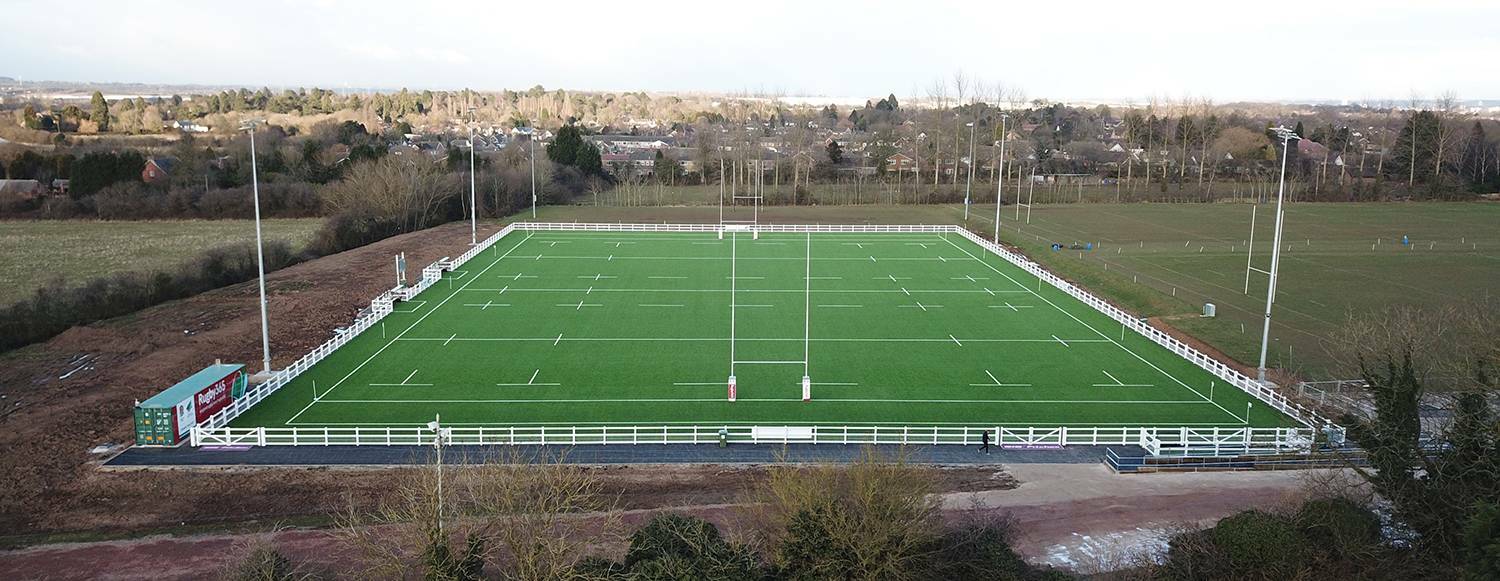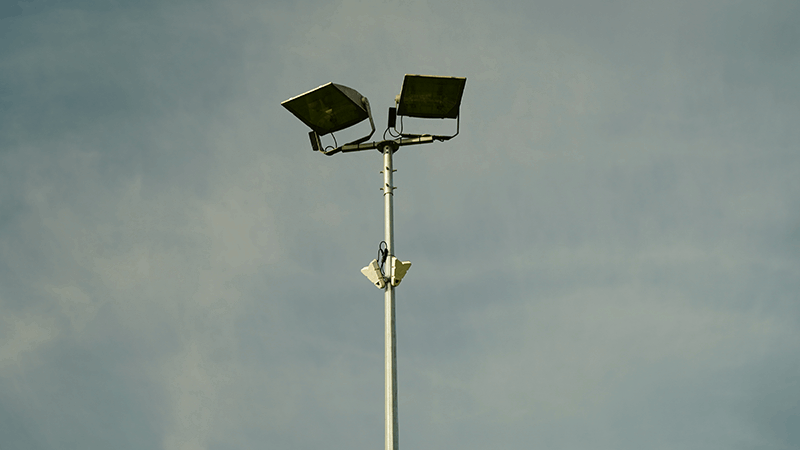Breaking Barriers.

Written by Cartwright Communications, PR and digital experts in property and construction.
With one in five children described as obese by the age of 11 and 64.3 per cent of adults in England classed as either overweight or obese*, encouraging people to be physically active is critical to the nation’s health and wellbeing.
However, much of the UK’s leisure stock is more than 40 years old and has seen little capital investment due to austerity cuts. Improving our facilities is key to engaging more people in activity and technology can help, says Nick Mennell, leisure lead at Willmott Dixon.
The introduction of smart technologies like ambient lighting and heating systems, which can adapt to each type of activity, can help to improve engagement and increase levels of comfort for end users as well as the obvious improved building efficiencies.
Craig Mulhall, a sports & leisure consultant at LK2, believes more must be done to break down the barriers of entry to sports and leisure facilities. The sector needs to better understand the journey people go through when making decisions about starting a new regime to create inviting, accessible and unintimidating spaces.
The sector must also utilise technology to break down physical barriers to entry, removing obstructions to entry and ensuring that spaces are adaptable enough to be used by everyone, he says.
But we cannot focus entirely on new facilities; the utilisation of current stock is something that must also be addressed. Introducing centre management systems that produce ‘real time’ data can give insight into the centre’s usage and maintenance requirements that will enhance existing facilities and boost community engagement.
says Amii Attard, global marketing director for Intelligent Play, which creates and installs smart sports field management systems.
Not only can AI help facilities reach their full potential, it can also help remove another barrier of access – the British weather. By increasing the quality and safety of properly maintained pitches, AI reduces the risk of postponed or cancelled sports practice and encourages regular use of centres without disruption.
In addition to the physical and mental barriers that can often prevent customer access, the sports and leisure sector also struggles with social barriers that can limit accessibility for certain demographics.
According to Fiona Dick, De Montfort University’s head of sport, with so many buildings no longer fit for purpose, many of those from lower socio-economic backgrounds have little or no access to adequate facilities.
Increasing universal accessibility by breaking down barriers of access – mental, physical and social – has allowed the industry to divert from longstanding traditions and implement forward-thinking solutions that open up facilities to a wider consumer base. Whether these solutions help to inform the design of future builds or the introduction of technologies to current assets, the sports and leisure sector will begin to benefit from a durable, high spec portfolio of facilities, which are able to evolve alongside the needs of the consumer and boost facility management and usage for years to come.
Article previously published in physical activities facilities magazine, January 2020 issue.
*Obesity statistics 2019.


